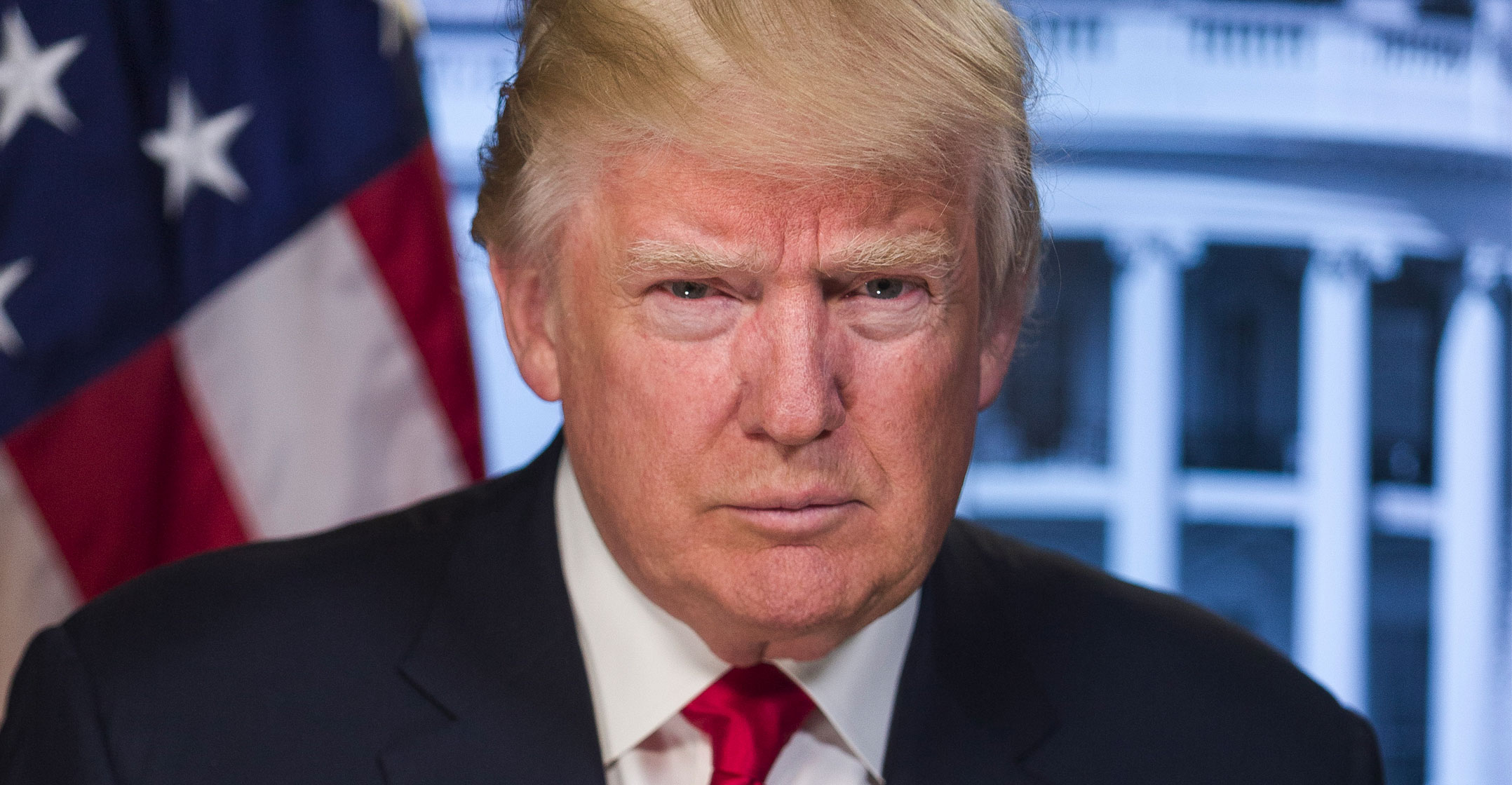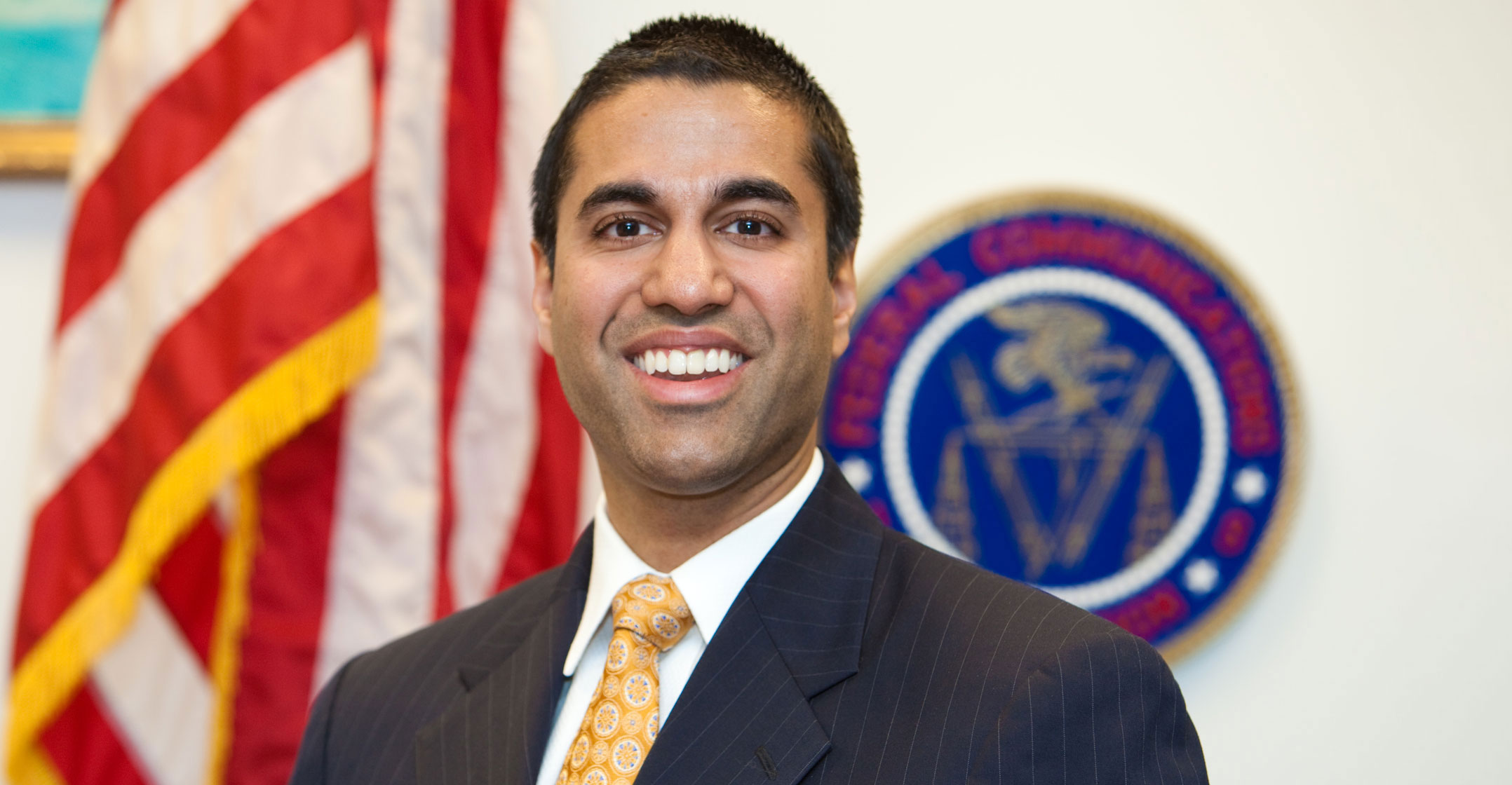 President Donald Trump said the US will cut regulations and free up spectrum for 5G technology amid tight competition with China and other nations to develop the next generation of telecommunications infrastructure.
President Donald Trump said the US will cut regulations and free up spectrum for 5G technology amid tight competition with China and other nations to develop the next generation of telecommunications infrastructure.
“The race to 5G is a race that America must win,” Trump said Friday at the White House. “We can not allow any other country to out-compete the United States in this powerful industry of the future.”
The Federal Communications Commission plans to auction the broadest set of airwaves yet to speed the nation’s adoption of super-fast 5G wireless communications, as well as devoting more than US$20-billion to improving mobile connections in rural areas.
The actions represent the latest steps by the FCC to hasten the arrival of 5G, which will allow activities including driverless cars and remote surgery, while smart machines in homes and factories communicate via the so-called Internet of things.
“The consumer benefits are going to be massive,” FCC chairman Ajit Pai said in an interview on Friday on Bloomberg TV. “All kinds of industries, from agriculture to transportation to health care, will be transformed.”
US telecoms providers are racing to be first to market with 5G connections. Full-fledged nationwide 5G service is still more than a year away, but last week New York-based Verizon Communications started the first 5G mobile phone service in parts of Minneapolis and Chicago.
‘More harm than good’
Democrats cast the announcement by Pai, a Republican appointed by Trump, as another in a series of inadequate or counterproductive steps.
“So far, this administration’s interventions on 5G have done more harm than good,” Jessica Rosenworcel, the FCC’s senior Democrat, said in an e-mailed statement. Tariffs have raised the cost of 5G equipment, the administration has alienated allies whose cooperation is needed for telecommunications security, and it has focused on the wrong airwaves, she said.
“The White House has yet to offer a workable plan for US leadership,” Rosenworcel said.
Rosenworcel said the FCC has turned to high-frequency airwaves that don’t carry signals far, causing high network-construction costs because antennas need to be close together. Other countries have chosen frequencies that carry signals farther and are moving ahead, she said.

Pai said in a statement that the auction will begin on 10 December and offer the broadest set of frequencies yet for 5G use.
The airwaves to be sold are in frequency bands known as the upper 37GHz, the 39GHz and 47GHz. Two other swathes are being sold in a set of auctions nearing their conclusion, and the FCC is contemplating a request from satellite-service providers Intelsat and SES to sell part of their airwaves holdings for 5G use.
The $20.4-billion Rural Digital Opportunity Fund will connect as many as four million homes over the next decade, Pai said. The money will come from existing subsidy programmes run by the FCC. Lawmakers from poorly connected farm states have become increasingly insistent on catching up to more-populated areas.
Trump disavowed a draft plan that surfaced last year from his administration urging heavy federal involvement in the next generation of fast mobile networks. A formal plan didn’t emerge.
“Leading through the government — we don’t want to do that, because it won’t be nearly as good, nearly as fast,” Trump said.
The FCC is considering banning the use of US subsidies for equipment from providers such as China-based Huawei Technologies that are deemed a national security risk. Pai said consideration is “ongoing” without offering a deadline for a decision.
“We want to make sure that the security of these networks, especially these next-generation 5G networks, is maintained,” Pai said.
Huawei has repeatedly denied it poses a risk, even as US officials say the Shenzhen-based company may be obligated by law to cooperate with Chinese security services. The Trump administration has pressed allies to keep Huawei gear out of their networks. — Reported by Todd Shields, Jennifer Jacobs and Justin Sink, (c) 2019 Bloomberg LP




